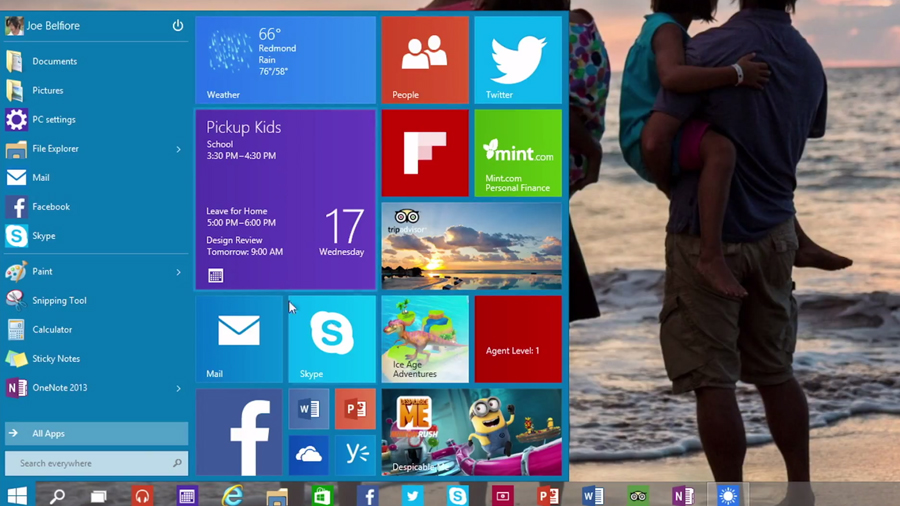Microsoft's Windows 10 secure boot ruling spells trouble for Linux lovers, dual-booters
OEMs get more control of boot process

Microsoft looks all set to make it incredibly hard to dual-boot another OS alongside Windows 10, thanks to a loosening of the rules on its "Secure Boot" mode.
First reported by Ars Technica, the switch to allow secure boot to be turned off is now optional and OEMs (original equipment manufacturers) will not have to include it as an option on hardware that ships with Windows 10 in what is a significant change of tact compared to Windows 8.
The change was announced at the WinHEC conference in Shenzhen, China as part of a presentation on the UEFI Secure Boot and TPM details for OEMs wanting to ship devices labelled "Designed for Windows 10."
For a device to sport the "Designed for Windows 8" logo, things were stricter. OEMs had to allow the UEFI Secure Boot to be supported. However, users had to be able to switch it off in order to make sure they could compile their own OS or run another one such as Linux if they so wished.
What is UEFI Secure Boot?
Secure boot is an extension to UEFI that restricts booting to systems that have been cryptographically signed using a trusted key. If this key is not in place, which is the case for most self-developed operating systems or those that aren't Windows, then the machine will not boot up.
None of this completely cuts out Linux and the other operating systems as there could be a scenario where the correct set of signatures are included that will allow the OS to boot up alongside Windows. Some manufacturers may also decide to allow the switch to stay in place after all. It's still, however, a sad day for anyone looking to boot up two operating systems on one machine.
Sign up to the TechRadar Pro newsletter to get all the top news, opinion, features and guidance your business needs to succeed!